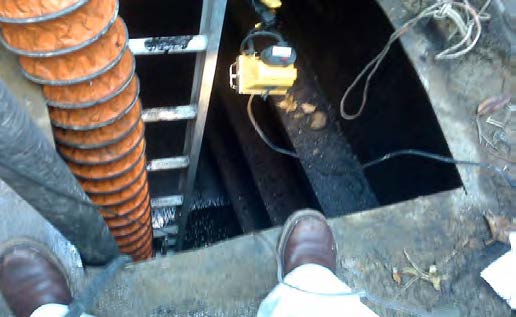What Constitutes a Confined Space?
A space that meets the following criteria is classified as a “confined space”:
To begin with, understand that OSHA – according to 29 CFR 1910.146 – considers there to be two types of confined space: a confined space and a permit-required confined space (PRCS). To understand the PRCS, we first must know what constitutes a general confined space. OSHA has a three part definition:

- Is large enough and so configured that an employee can bodily enter and perform assigned work
- Has limited or restricted means for entry or exit
- Is not designed for continuous human occupancy
Any workplaces contain areas that are considered “confined spaces” because while they are not necessarily designed for people, they are large enough for workers to enter and perform certain jobs. A confined space also has limited or restricted means for entry or exit and is not designed for continuous occupancy. Confined spaces include, but are not limited to, tanks, vessels, silos, storage bins, hoppers, vaults, pits, manholes, tunnels, equipment housings, ductwork, pipelines, etc.
OSHA uses the term “permit-required confined space” (permit space) to describe a confined space that has one or more of the following characteristics: contains or has the potential to contain a hazardous atmosphere; contains material that has the potential to engulf an entrant; has walls that converge inward or floors that slope downward and taper into a smaller area which could trap or asphyxiate an entrant; or contains any other recognized safety or health hazard, such as unguarded machinery, exposed live wires, or heat stress.
Non-permit required spaces do not contain or, with respect to atmospheric hazards, have the potential to contain any hazard capable of causing death or serious physical harm. These are places that may be tough to get into, but aren’t going to hold dangers to your breathing, or the sort of engulfment hazards you might find in a grain elevator or similar facilities.
